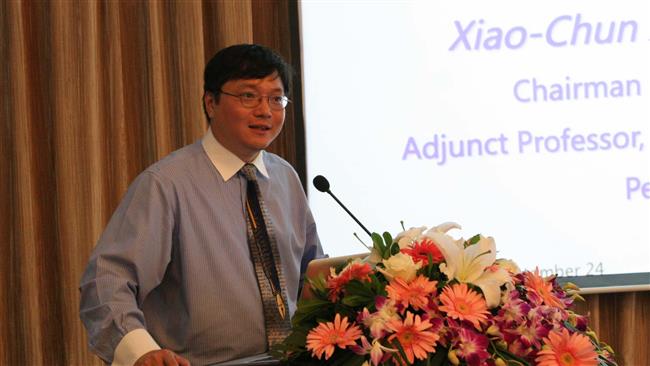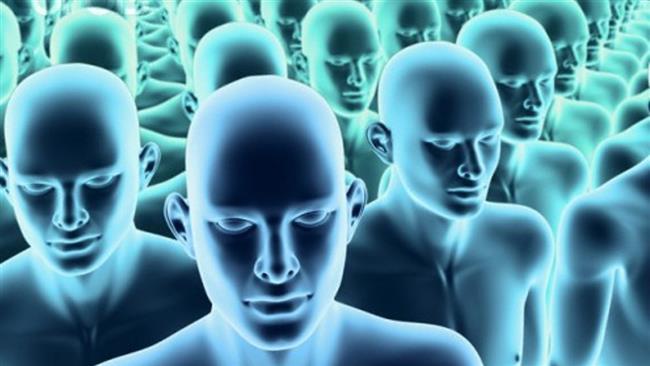According to Xu Xiaochun, the chief executive director of Boyalife Group, the company is going into the production within the next seven months and intends to reach an output of one million cloned cows annually by 2020, AFP reported on Tuesday.
“The technology is already there. If this is allowed, I don`t think there are other companies better than Boyalife that make better technology,” Xu said, referring to human cloning, but he added that the company does not currently engage in human cloning activities.
“Unfortunately, currently, the only way to have a child is to have it be half its mum, half its dad. Maybe in the future you have three choices instead of one. You either have fifty-fifty, or you have a choice of having the genetics 100 percent from daddy or 100 percent from mummy. This is only a choice,” he further said.

The giant firm, located in the northern Chinese port of Tianjin, is equipped with a gene bank of nearly five million cell samples frozen in liquid nitrogen, and is collaborating with its South Korean partner Sooam and the Chinese Academy of Sciences to advance primate cloning technology to produce better laboratory animals to be used in disease studies.
Sooam is trying to bring the extinct woolly mammoth back to life by cloning cells frozen for thousands of years in Siberia.
“We want the public to see that cloning is really not that crazy, that scientists aren’t weird, dressed in lab coats, hiding behind a sealed door doing weird experiments,” added Xu, trying to dispel people’s fears about cloning.
More about:
















































